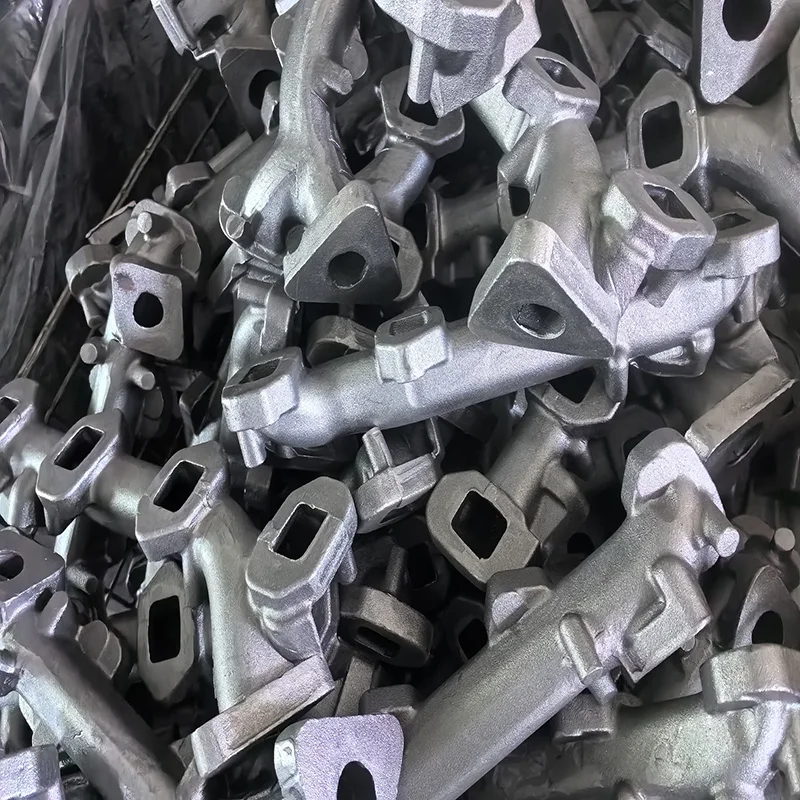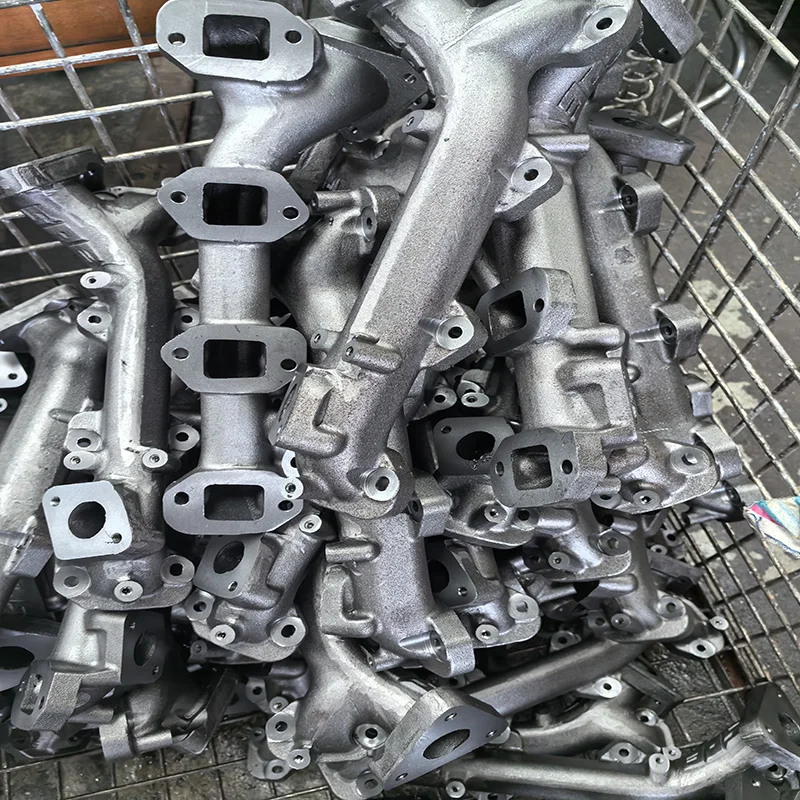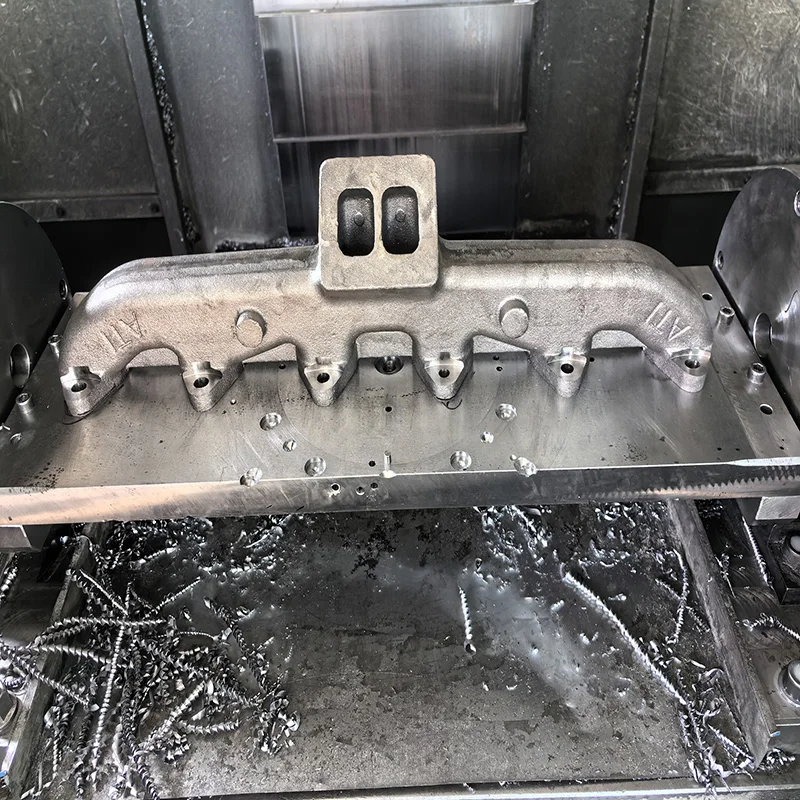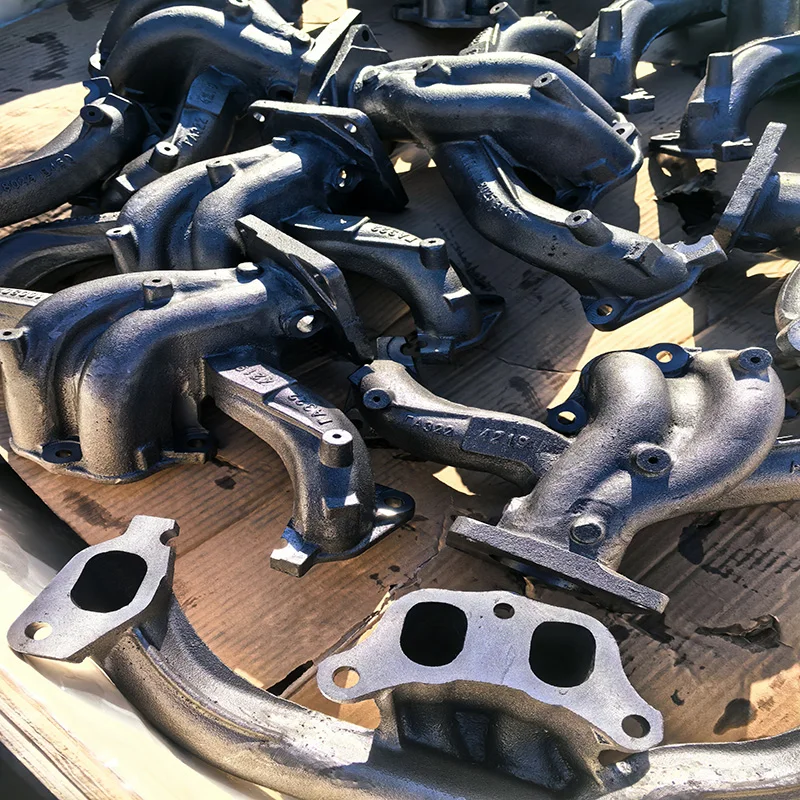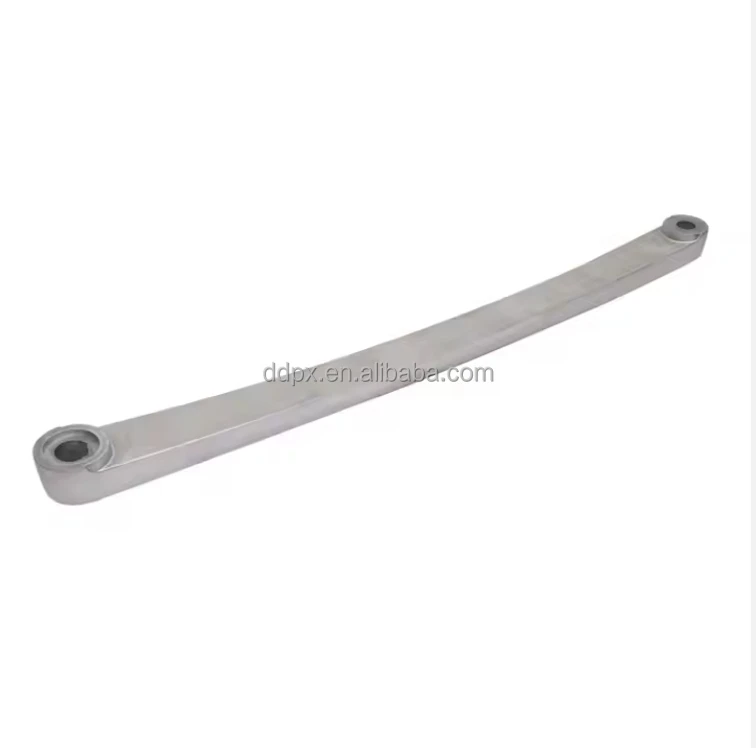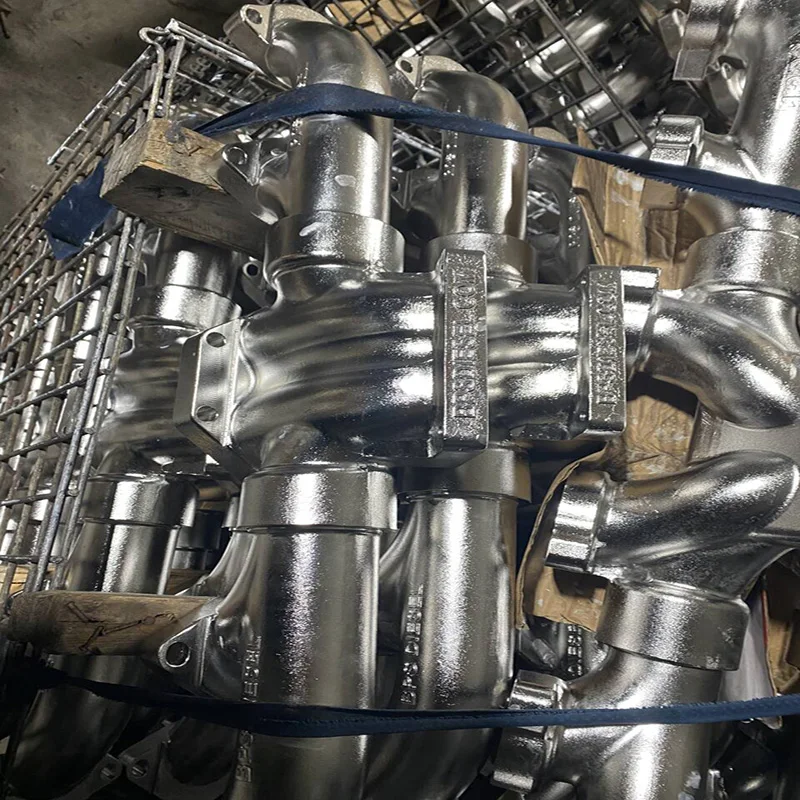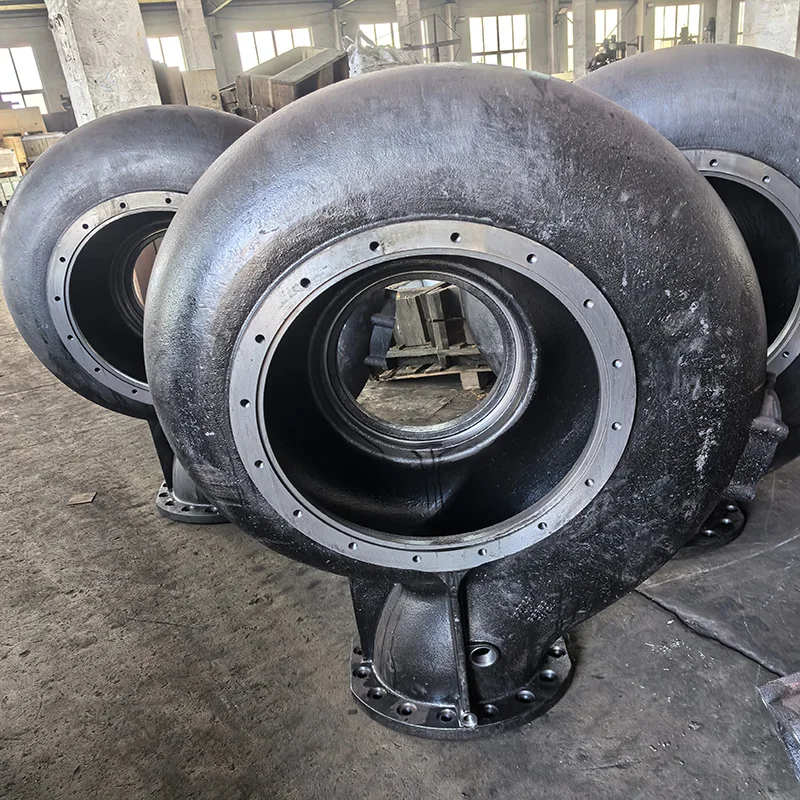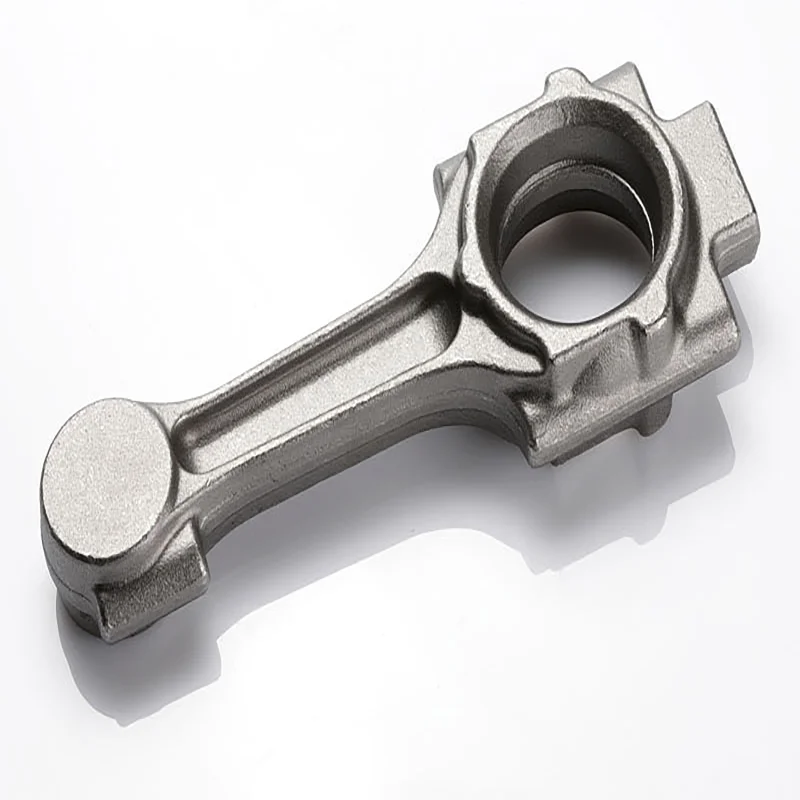- Overview
- Recommended Products
Austenitic Stainless Steel (304/321/316): Excellent oxidation resistance up to 870°C with good formability
High-Silicon Nodular Iron (SiMo 5.1): Superior thermal fatigue resistance with operating temperatures to 800°C
Heat-Resistant Cast Steel (HK30): Optimal creep resistance under sustained high-temperature operation
Special Alloy Blends: Chromium-nickel-molybdenum combinations for enhanced thermal cycling performance
Spectrochemical analysis ensuring precise alloy composition
High-temperature tensile testing (400-800°C range)
Thermal cycling resistance evaluation (1,000+ cycles)
Microstructure examination for carbide stability and grain structure
3D printed wax patterns for complex runner geometries
Multi-layer ceramic shell building with zircon-based primary coats
Controlled drying environment maintaining 40-60% relative humidity
High-temperature mold firing (1000-1100°C) ensuring shell integrity
Controlled atmosphere melting preventing surface contamination
Precision pouring temperature control (±15°C)
Computerized solidification simulation for optimal feeding
Automated shell removal and cutting processes
Equal-length runner designs minimizing exhaust interference
Wall thickness optimization (4-6mm) for thermal management
Surface temperatures maintained below 900°C under continuous operation
Thermal expansion compatibility with cylinder head materials
Pressure capability exceeding 3 bar boost pressure
CNC milling of mounting flanges (flatness within 0.1mm)
Precision boring of turbocharger mounting interface
Surface grinding for optimal gasket sealing
Coordinate measuring machine verification
Dimensional inspection using optical scanning technology
Pressure testing to 5 bar for leak prevention
Magnetic particle inspection for surface defects
High-temperature thermal cycling testing
Material certification with full traceability
Performance automotive turbo applications
Motorsports and racing vehicles
Diesel performance upgrades
Marine turbocharged engines
Industrial turbo machinery
Computational fluid dynamics analysis for flow optimization
Thermal stress analysis using FEA technology
Custom design for specific turbocharger configurations
Integrated wastegate and external gate options
In the high-performance automotive sector, the exhaust manifold serves as the critical junction between engine and turbocharger, directly influencing power output and thermal efficiency. Our Custom New Stainless Steel Iron Investment Casting Parts for Car Turbo Exhaust Manifolds combine advanced metallurgy with precision manufacturing to deliver components that withstand extreme temperatures while optimizing exhaust flow. These custom manifolds provide the perfect solution for performance enthusiasts seeking reliability and power gains in turbocharged applications.
Premium Material Selection
We utilize specialized heat-resistant alloys specifically engineered for exhaust applications:
All materials undergo rigorous validation including:
Advanced Investment Casting Process
Our manufacturing employs sophisticated lost-wax investment casting technology:
Pattern and Mold Engineering
Precision Casting Operations
Performance Characteristics
Our turbo exhaust manifolds deliver:
Precision Machining Integration
Critical machining operations include:
Quality Assurance Protocol
Each manifold undergoes comprehensive validation:
Technical Applications
Our custom manifolds serve:
Our engineering team provides complete technical support including:
By combining advanced investment casting with premium heat-resistant materials, we deliver turbo exhaust manifolds that ensure reliable high-performance operation, extended service life, and optimal power delivery. Our custom manufacturing approach guarantees perfect fitment and performance for both professional racing applications and street performance upgrades.
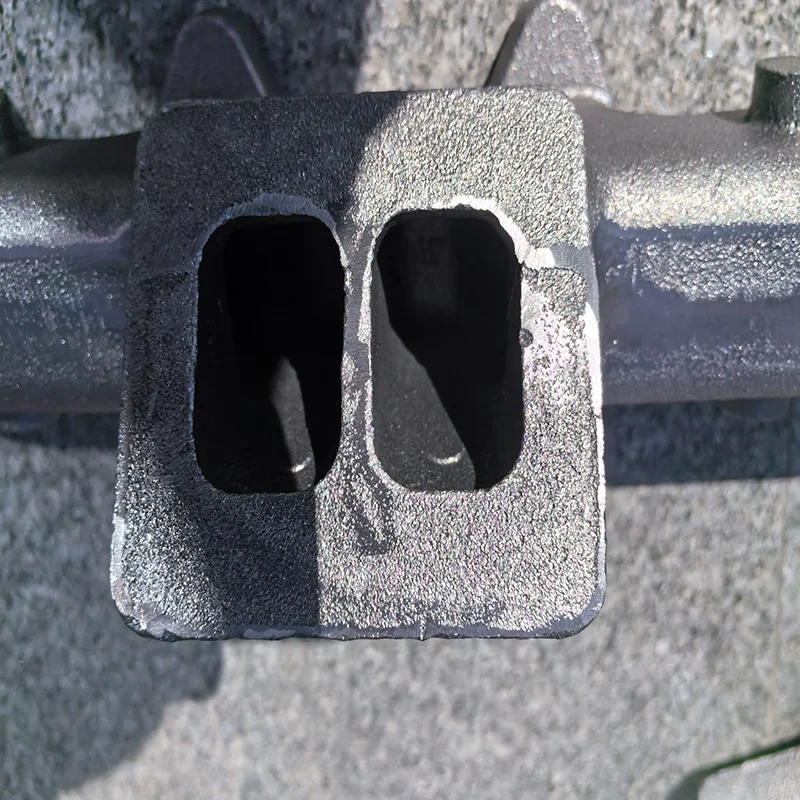
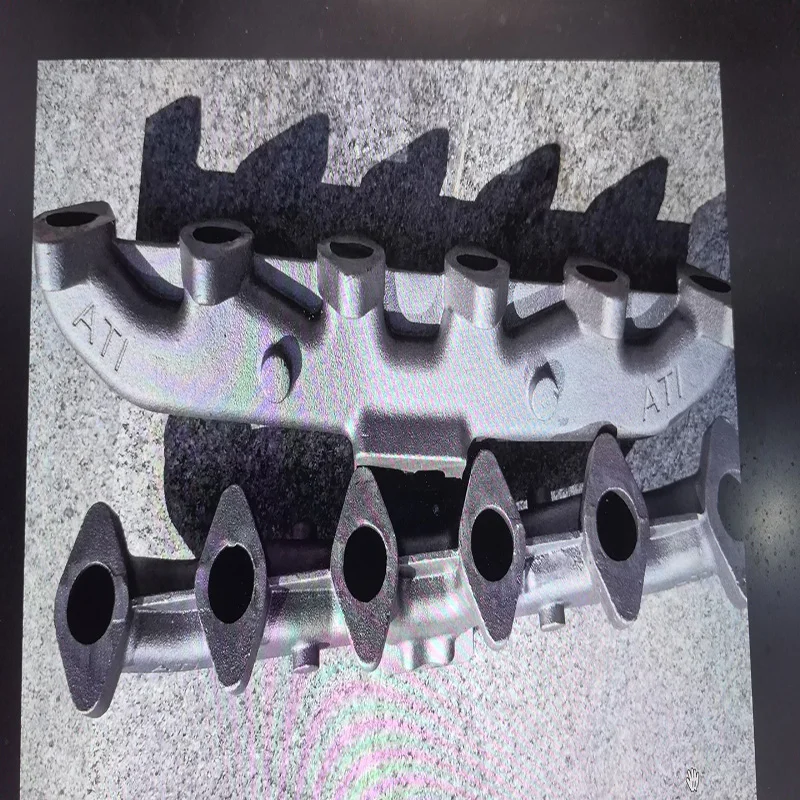
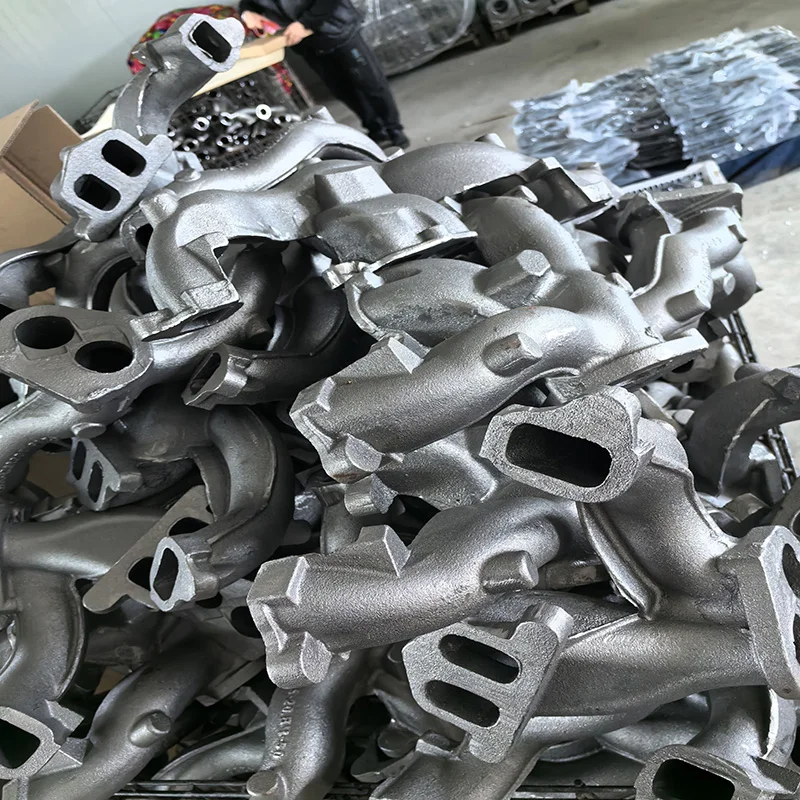
Why are we called OEM experts in Exhaust Manifolds |
We develop over 100 different types of exhaust manifolds every year |
||||||
Dandong Pengxin Production Process for Exhaust Manifold |
Drawing Preparation: The Foundation of Precision,3D Scanning & Drafting: Our professional engineers use advanced scanners to convert samples into 2D/3D drawings (7–10 days). |
||||||
Pattern & Sample Development: Where Time Invested Pays Off |
Complexity: Exhaust manifolds often require 3–5 sets of metal patterns (vs. 1 set for simpler castings).Lead Time: 35–40 days for multi-cavity patterns; 25–30 days for simpler designs. |
||||||
Initial Orders & Batch Production: Scaling Responsibly |
Machine Allocation: One manifold order may occupy 2–3 molding machines. Our 16-machine facility prioritizes urgent orders and collaborates with partner foundries for auxiliary cores. |
||||||
How Investors Can Mitigate Delays |
Allocate 8–12 weeks for pattern/sample development. Compressing this risks quality failures. First batches take 20–30% longer due to process fine-tuning. Post-approval, lead times stabilize. |
||||||

Pre-sales
On Sale
After-Sales
results→Welcome to contact us for your customized solution.

How did Dandong Pengxin Become a Top Manufacturer of Exhaust Manifold
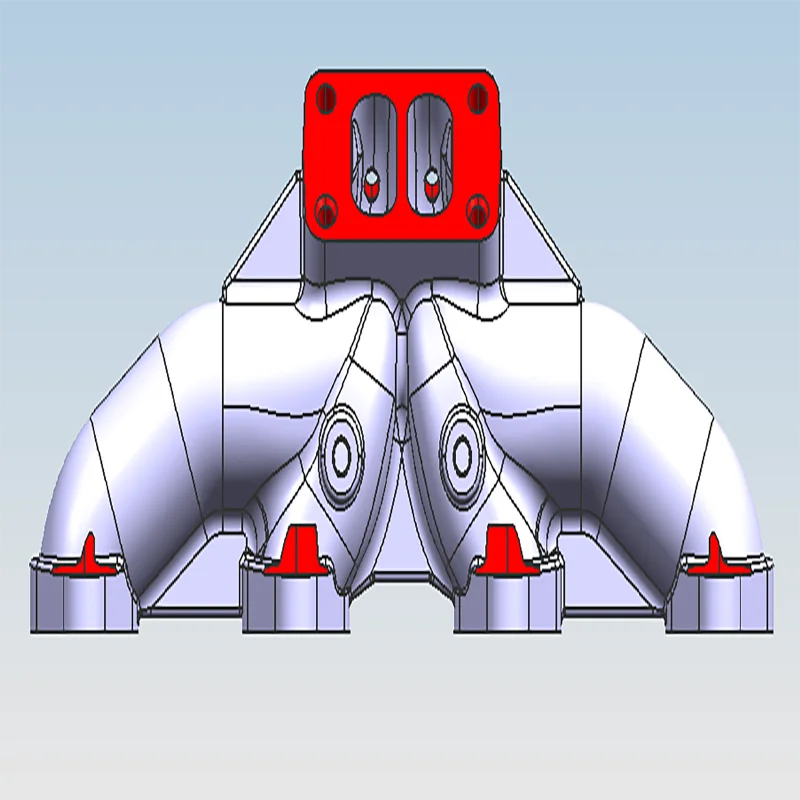
Process designs derive from engineering drawings
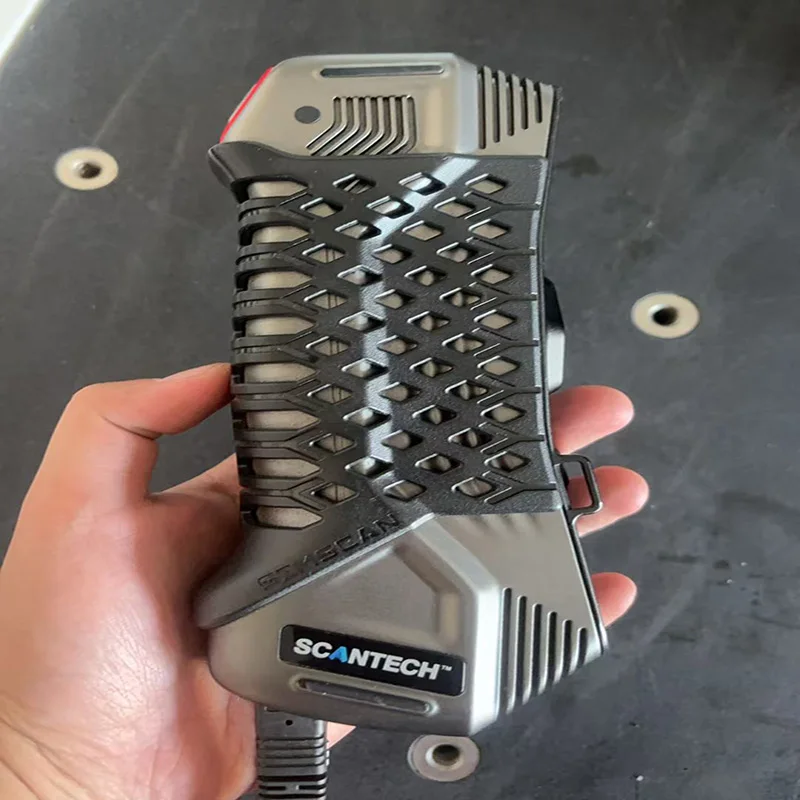
3D scanners
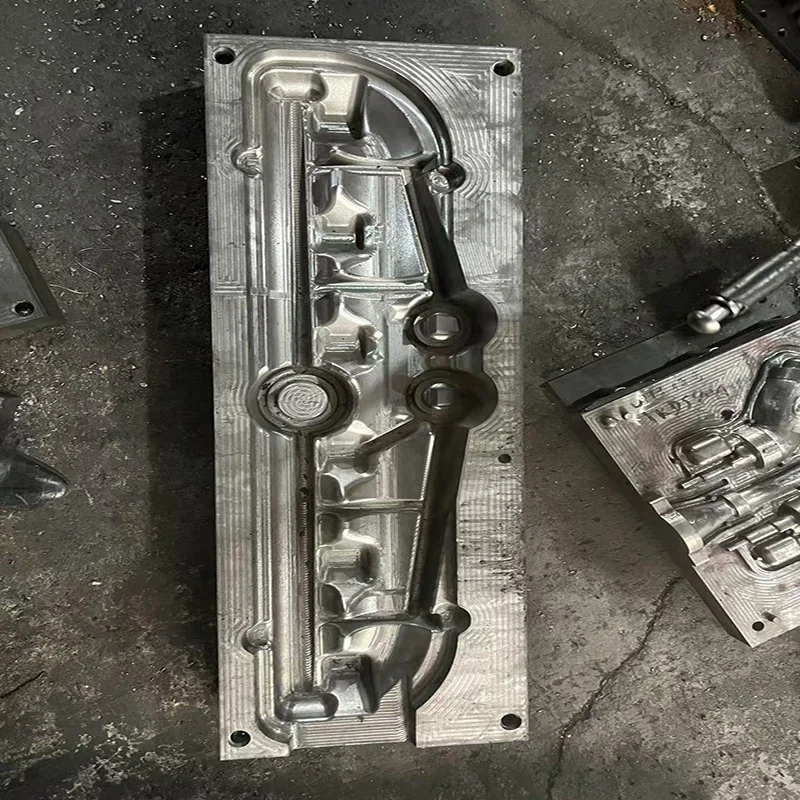
Metal Mold for Exhuast Manifold,Coated sand casting
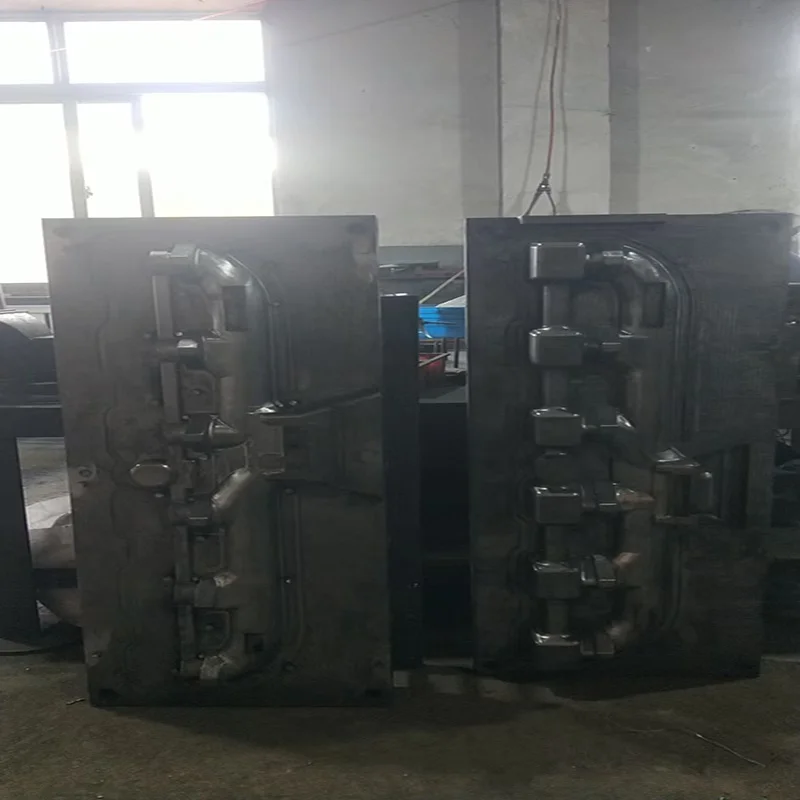
Metal Mold for Exhaust Manifold,Sand Casting
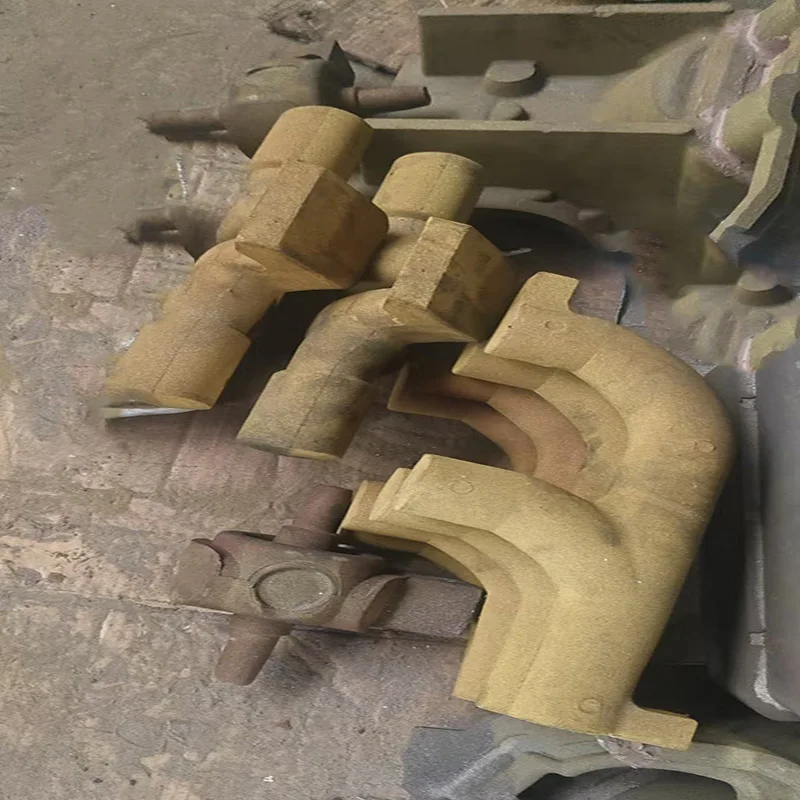
Exhaust Manifold Core Box

Shell Molding Machine

Coated sand casting
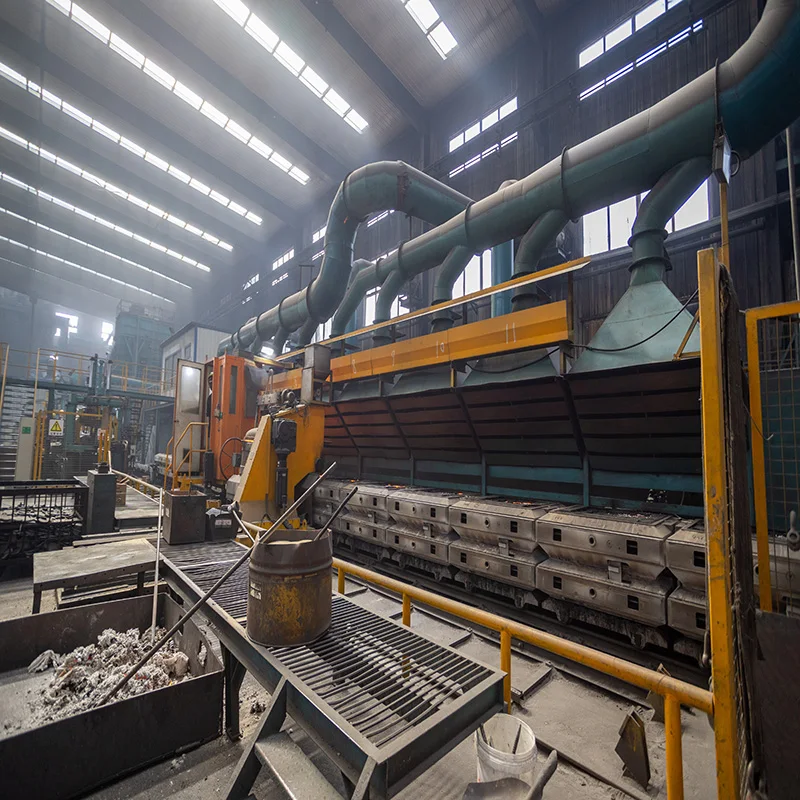
Molding Machines

R&D

Production Capacity

Pattern Control
Abaqus,Moldflow and Moldex 3D, simulate feeding system, reduce casting defects and improve efficiency.

Raw Material Control

Machining Control








